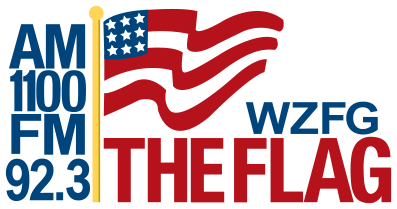The West Fargo Fire Department is excited to announce that the Insurance Services Office (ISO) has improved the department’s Public Protection Classification (PPC) to a 3, on a 10-point risk assessment scale that measures fire protection services throughout the United States for property and casualty insurers. This scale assigns 1 as the best value and 10 as not meeting standards. In general, properties in an area with higher ISO PPC scores are easier, and may be cheaper, to insure that those in areas with lower scores.
Of the 47,000 departments evaluated by the ISO, this rating puts the West Fargo Fire Department in the top 10 percent of departments in the nation and 1 of only nine departments in the state of North Dakota with a rating of 3 or higher. This impressive score was reached through a focused, comprehensive approach to improving services, which has led the department to improve its score from a 5 in 2008 to 3 as of Nov. 1, 2018 – all while managing the increased pressure of a rapidly expanding population in West Fargo and controlling costs for tax payers.
“Since I began in 2015, I have seen a total department effort to identify the needs of our community and make improvements to reach those needs,” said Dan Fuller, chief of the West Fargo Fire Department. “This improved rating demonstrates the impact of the changes we have made and the hard work of our team.”
The ISO PPC rating schedule looks at four main criteria to produce a fire rating score – emergency communications, fire department, water supply and community risk reduction. Key improvements to the department include adding a ladder truck to the Southside Fire Station, increasing staff to a force of 18 full-time and 44 part-time employees, increasing training hours by 155 percent over a two-year period, improved response times, increasing educational outreach, adding more fire inspectors and infrastructure projects to improve the water looping system in West Fargo for more reliable water sources.
Fuller reports that the improvements made to the department and improved score could potentially save the community $15 million in insurance savings.







